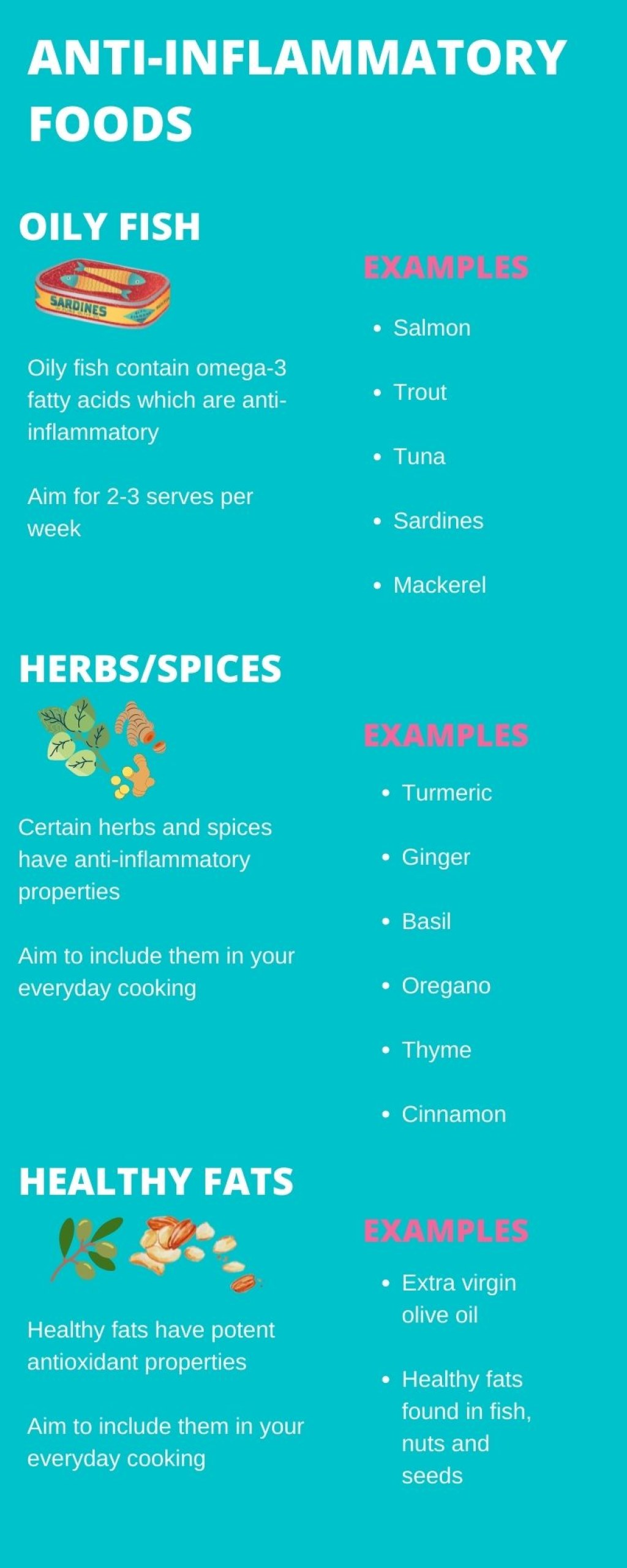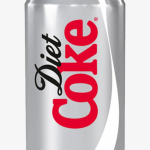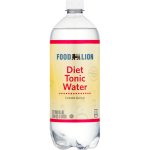Unlock Relief: FODMAP Diet For Endometriosis – Say Goodbye To Pain Today!
FODMAP Diet for Endometriosis: A Comprehensive Guide
Introduction
Hello, Healthy People! Today, we will be discussing an important topic that can greatly benefit individuals dealing with endometriosis – the FODMAP diet. Endometriosis is a condition where the tissue lining the uterus grows outside of it, causing pain and discomfort. The FODMAP diet focuses on reducing foods that can trigger digestive symptoms, such as bloating, abdominal pain, and diarrhea. In this article, we will delve into the details of the FODMAP diet for endometriosis, providing you with valuable information to help manage your condition effectively.
1 Picture Gallery: Unlock Relief: FODMAP Diet For Endometriosis – Say Goodbye To Pain Today!

What is the FODMAP Diet?
The FODMAP diet is an eating plan that aims to reduce the intake of certain types of carbohydrates known as FODMAPs (Fermentable Oligosaccharides, Disaccharides, Monosaccharides, and Polyols). These carbohydrates are poorly absorbed in the small intestine and can cause digestive symptoms in individuals with sensitive guts, such as those with endometriosis.
Who Should Follow the FODMAP Diet?
Image Source: instagram.com
The FODMAP diet is particularly beneficial for individuals with endometriosis who experience gastrointestinal symptoms like bloating, gas, and diarrhea. It can also be helpful for individuals with irritable bowel syndrome (IBS) and other digestive disorders. However, it is crucial to consult with a healthcare professional or a registered dietitian before starting the diet to ensure it is suitable for your specific needs.
When Should You Consider the FODMAP Diet?
If you have been diagnosed with endometriosis and experience frequent digestive symptoms that affect your quality of life, it may be worth considering the FODMAP diet. It is essential to remember that the FODMAP diet should not be a long-term solution, but rather a short-term elimination and reintroduction plan to identify trigger foods and establish a balanced and sustainable eating pattern.
Where to Find FODMAP-Friendly Foods
Image Source: fbsbx.com
Finding FODMAP-friendly foods can be challenging, especially during the elimination phase of the diet. However, many grocery stores now have dedicated sections for specialized diets, including low FODMAP options. Additionally, online resources and apps provide extensive lists of FODMAP-friendly foods, making it easier for you to plan your meals and snacks.
Why Does the FODMAP Diet Work?
The FODMAP diet works by reducing the intake of specific carbohydrates that can ferment in the gut, leading to the production of gas and triggering digestive symptoms. By eliminating high-FODMAP foods and then gradually reintroducing them, individuals can identify their personal triggers and develop a personalized diet that minimizes symptoms and supports overall well-being.
How to Follow the FODMAP Diet

Image Source: nurturefromwithin.com.au
The FODMAP diet consists of three main phases: the elimination phase, the reintroduction phase, and the personalization phase. During the elimination phase, high-FODMAP foods are avoided for a specific period, typically 2-6 weeks. In the reintroduction phase, individual FODMAP groups are reintroduced one at a time to identify trigger foods. Finally, in the personalization phase, a personalized and sustainable diet is established based on the individual’s tolerance levels.
Advantages and Disadvantages of the FODMAP Diet
Advantages:
Effective in reducing digestive symptoms associated with endometriosis and other gastrointestinal disorders.
Allows individuals to identify their personal trigger foods and establish a personalized diet.
Encourages a focus on whole, unprocessed foods, promoting overall health.
Facilitates a better understanding of the relationship between diet and symptoms, empowering individuals to take control of their health.
Can be used in conjunction with other medical treatments for endometriosis to improve overall symptom management.
Disadvantages:
The diet can be restrictive and may require careful planning and meal preparation.
Eliminating certain food groups may lead to nutrient deficiencies if not properly managed.
Individuals may find it challenging to navigate social situations and eating out while following the diet.
Requires a commitment to the process of elimination, reintroduction, and personalization.
Professional guidance from a registered dietitian is essential for optimal results, which may incur additional costs.
Frequently Asked Questions (FAQs)
1. Can the FODMAP diet cure endometriosis?
No, the FODMAP diet cannot cure endometriosis. It is primarily focused on managing gastrointestinal symptoms associated with the condition.
2. How long does the elimination phase of the FODMAP diet last?
The elimination phase typically lasts 2-6 weeks. However, the duration may vary depending on individual needs and symptoms.
3. Can I follow the FODMAP diet without professional guidance?
While it is possible to follow the FODMAP diet independently, it is strongly recommended to seek guidance from a registered dietitian to ensure proper implementation and prevent nutrient deficiencies.
4. Are there any long-term side effects of the FODMAP diet?
No, there are no known long-term side effects of the FODMAP diet. However, it is crucial to transition to a personalized diet that includes a wide range of foods to ensure adequate nutrient intake.
5. Can the FODMAP diet help with pain management in endometriosis?
The FODMAP diet primarily focuses on managing gastrointestinal symptoms rather than directly addressing pain associated with endometriosis. However, by reducing digestive discomfort, it may indirectly contribute to overall well-being and pain management.
Conclusion
In conclusion, the FODMAP diet can be a valuable tool for individuals with endometriosis who experience gastrointestinal symptoms. By reducing the intake of specific carbohydrates that can trigger symptoms, the FODMAP diet empowers individuals to identify their personal trigger foods and establish a personalized eating plan. However, it is essential to approach the diet with caution, seek professional guidance, and ensure a balanced and sustainable diet. Remember, managing endometriosis is a multifaceted approach, and the FODMAP diet can be a valuable addition to your overall treatment plan.
Final Remarks
Disclaimer: The information provided in this article is for educational purposes only and should not replace professional medical advice. If you have any concerns or questions regarding endometriosis or the FODMAP diet, please consult with a healthcare professional or a registered dietitian.
This post topic: Diet


